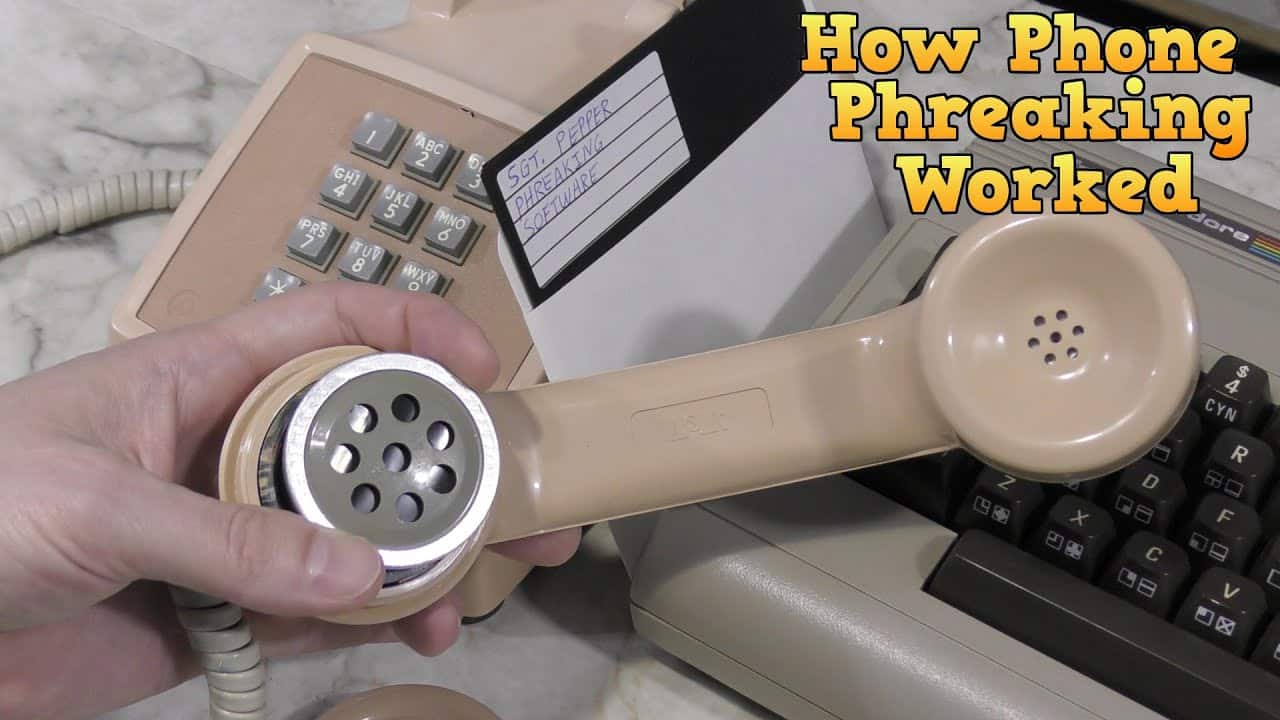Phreaking is the act of manipulating or disrupting telecommunications devices or systems, usually done with the intent of circumventing their security measures or gaining unauthorized access. The term is derived from “phone hacking,” and was originally associated with a hacker subculture.
Phreaking was originally used to bypass traditional telephone-based communication systems, including dial-up and long-distance networks. Early phreakers employed simple methods such as manipulating the phone system’s signaling to make a long-distance call, and experimenting with loudspeakers, whistles, and touchtones to imitate the proper signals.
In the late 1990s and early 2000s, phreaking acquired a new dimension as hackers began to explore other telecommunication systems and services, including cellular networks, wireless Internet, and radio transmission systems. With the proliferation of wireless technologies, phreaking continues to evolve and is now used to exploit software and hardware vulnerabilities in wireless networks, as well as to gain access to private networks and data.
Recently, phreakers have adopted more sophisticated techniques to access communication networks, such as exploiting network vulnerabilities, using radio frequency tools to monitor traffic, or coding their own software to access or manipulate devices.
Phreaking is often seen as a curiosity to most, but it is a serious problem for corporations and law enforcement. Hackers who use phreaking techniques can gain information and take control of devices and networks with serious consequences for data protection and privacy. Many laws exist which harshly punish offenders caught engaging in phreaking activities, so it is recommended that everyone takes the necessary precautions to protect their networks.






